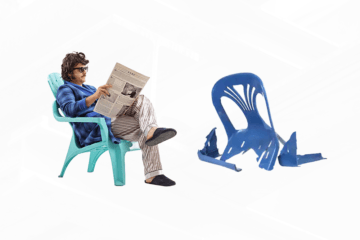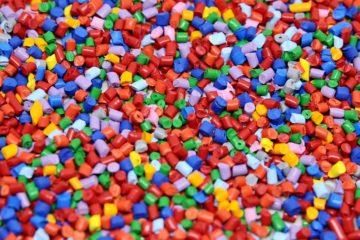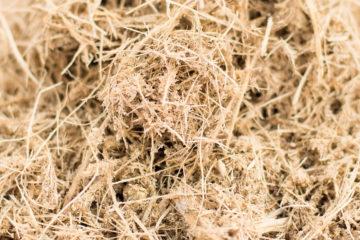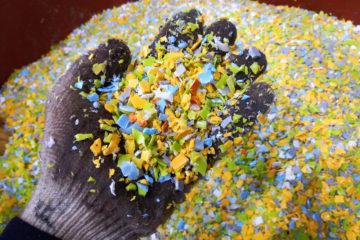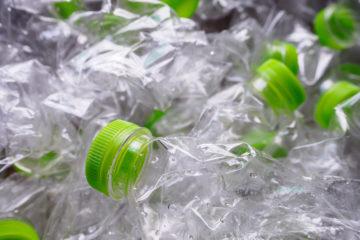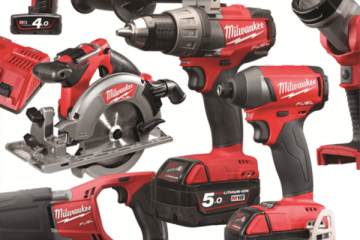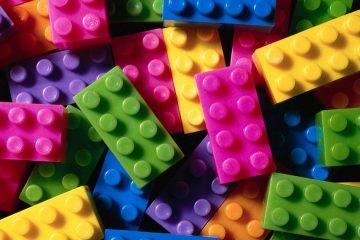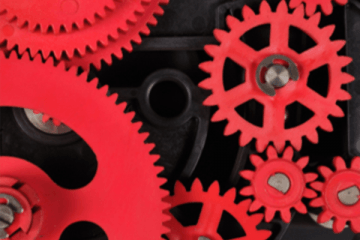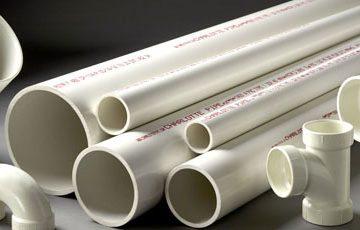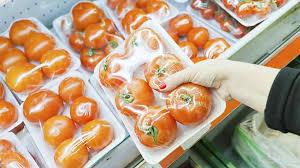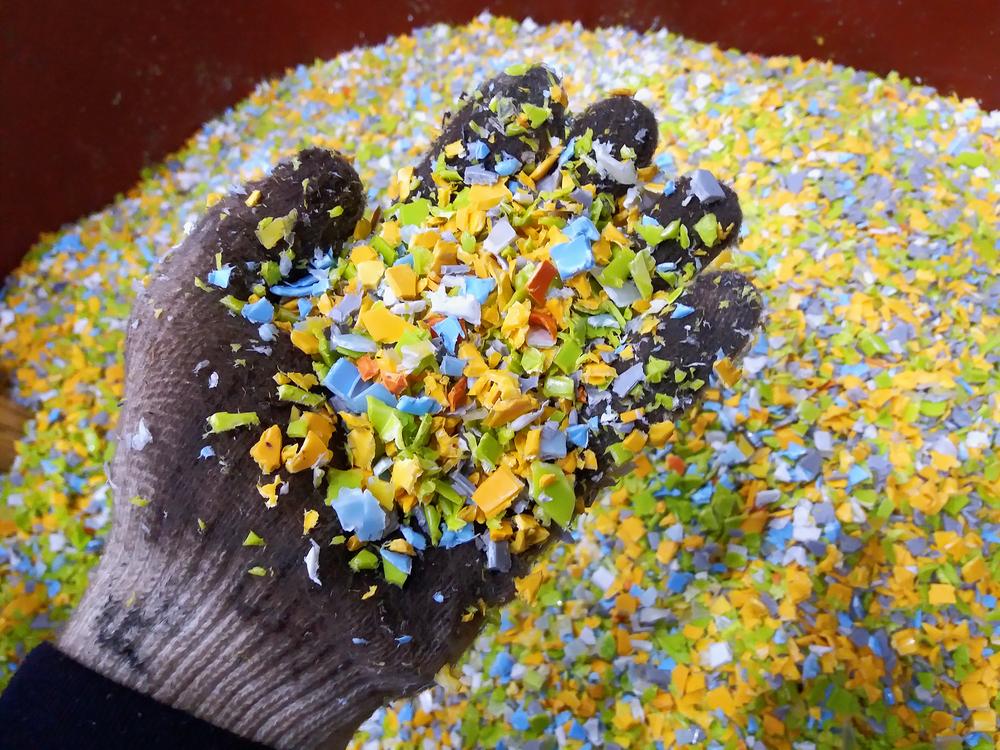
Not all plastics are created equal. Indeed, the first step in the plastics recycling process is to identify which type of plastic you are dealing with.
For recycling purposes, plastic is divided into seven distinct families. Here, with examples of their most common uses:
1. PET (Soft drink bottles)
2. HDPE (Milk and cream bottles)
3. PVC (Clear cordial and juice bottles)
4. LDPE (Squeeze bottles)
5. PP (Ice cream containers, and lids)
6. PS (Yoghurt and margarine containers)
7. Other (Includes all other plastics, like nylon)
After sorting by type, the recycling facility could also sort by colour, although this varies from plant to plant. Once sorting has completed, the various plastics are cut or chopped into smaller pieces and cleaned to remove contaminants from the product.
Since most plastics are recycled for uses other than their original purpose, the final step is to melt the plastic into small pellets called nurdles. The plastic is now ready to be repurposed for future use!
Plastics are harder to recycle than, for example, glass because of the energy required, but it is still infinitely better for the environment than not recycling plastics at all. Recycling is critical to effective end-of-life plastic management going forward. At Dienamics we do buy and mould products in recycled polymer, and also we try to reuse any wasted material wherever possible. We understand we’re part of the industry and know that we have a responsibility to minimise our impact on the environment.
If you need assistance or advice with your product design or choosing your plastic, get in touch with us today!
Subscribe to Our Newsletter
Get the latest news from Dienamics into your inbox














